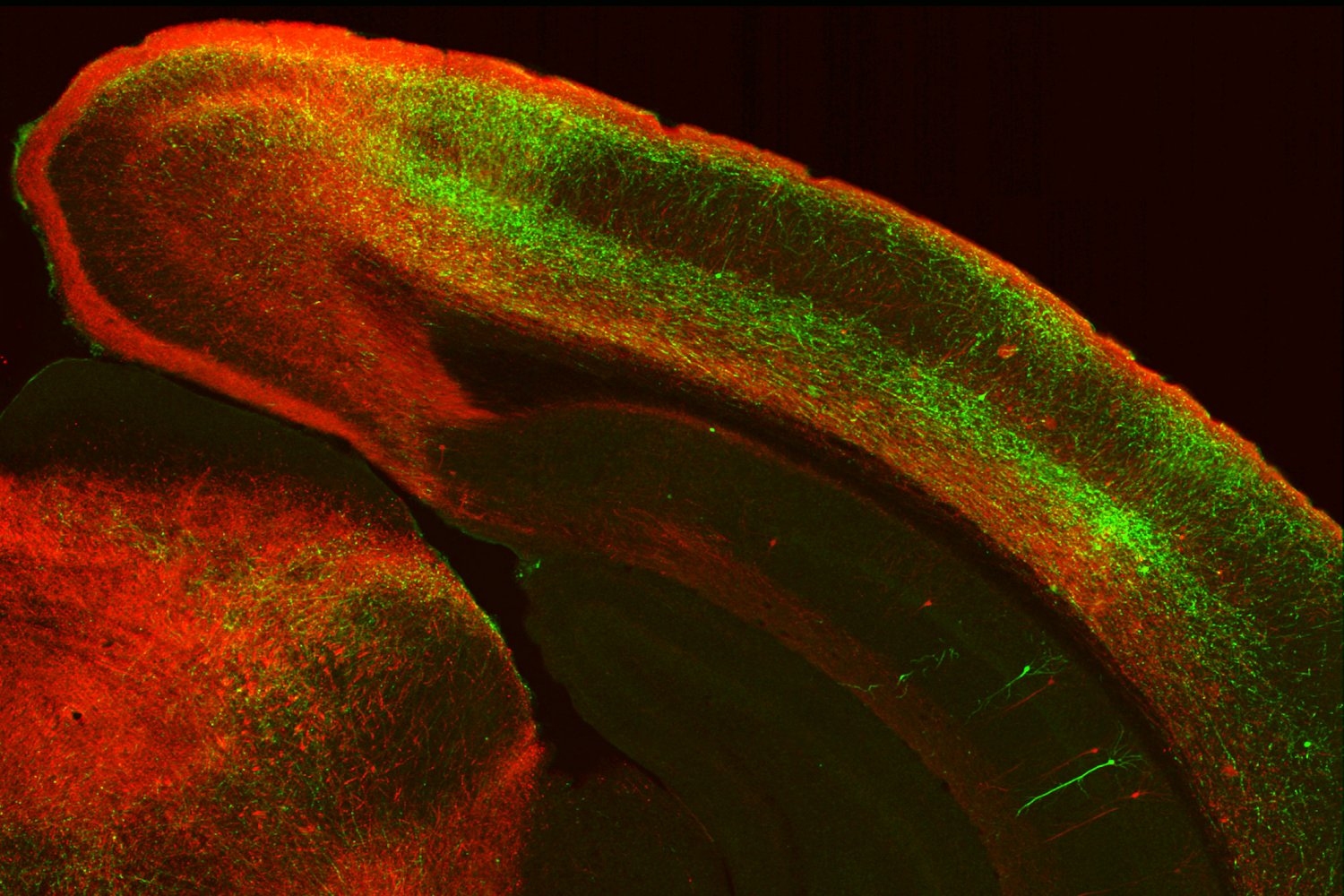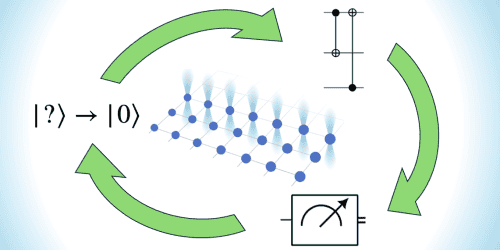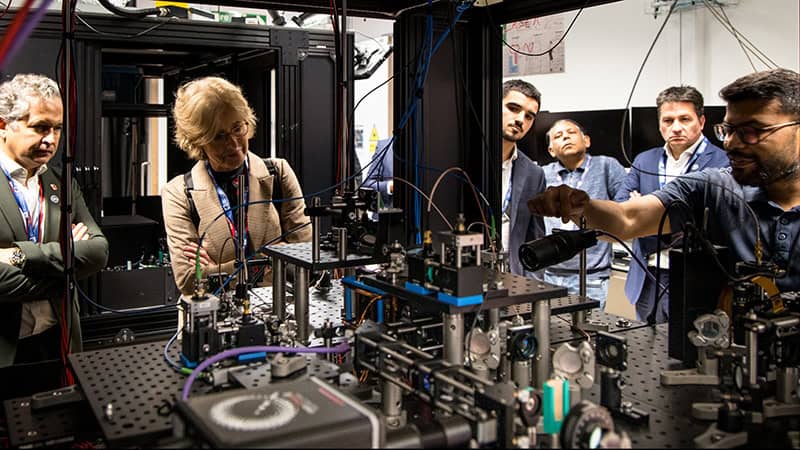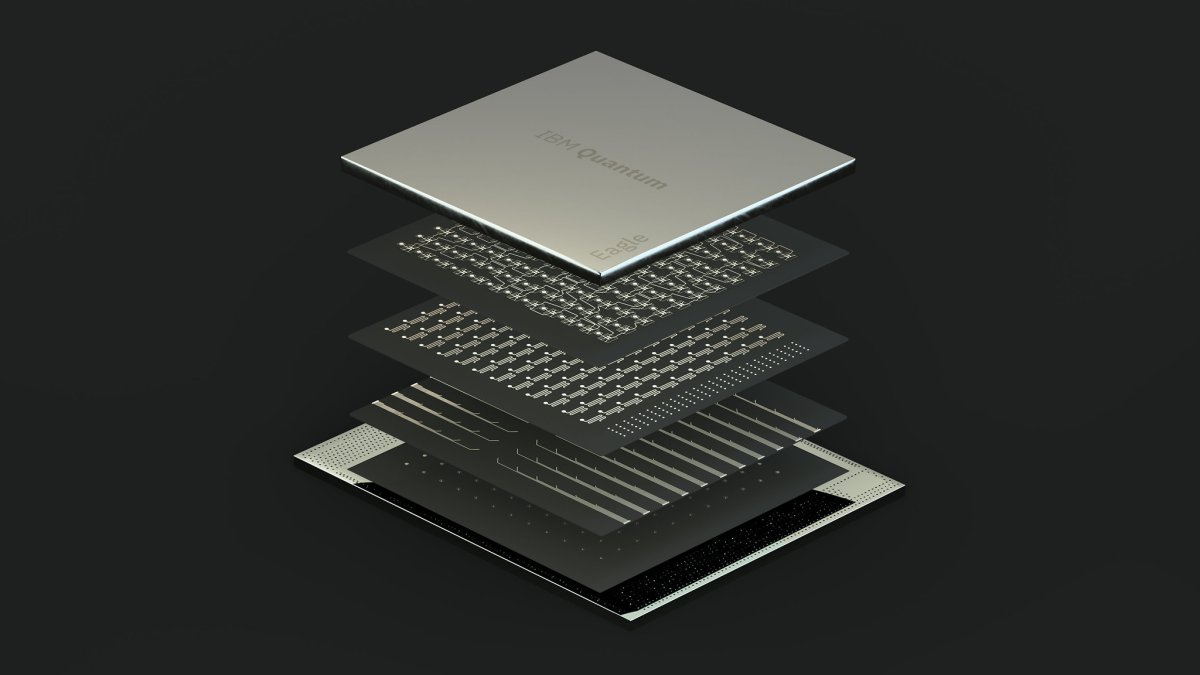entangled dot cloud

MIT engineers develop a magnetic transistor for more energy-efficient electronics
Transistors, the building blocks of modern electronics, are typically made of silicon. Because it’s a semiconductor, this material can control the flow of electricity in a circuit. But silicon has fundamental physical limits that restrict how compact and energy-efficient a transistor can be.MIT researchers have now replaced silicon with a magnetic semiconductor, creating a magnetic transistor that could enable smaller, faster, and more energy-efficient circuits. The material’s magnetism strongly
The 'Q-Day' Fallacy: Why The Real Risks Of Quantum Computing Aren't What You Think
The true danger isn't just that quantum computers will read our emails. It's that they'll fundamentally change what's ...
A new quantum chemistry approach is cracking tough material mysteries
Quantum chemistry is quietly entering a new phase, one where some of the hardest problems in materials science are finally ...

Real-world quantum entanglement is far from an unlimited resource
Regardless of the answers, the era of entanglement under infinite book‐keeping is giving way to an era of entanglement under limited books, limited clocks and limited gates. And in this more realistic ...

Data Centers in Space: Will 2027 Really Be the Year AI Goes to Orbit?
Google plans to take a tangible first step in a new AI and computing moonshot by launching two prototype satellites to orbit in early 2027. Google recently unveiled Project Suncatcher, a research “moonshot” aiming to build a data center in space. The tech giant plans to use a constellation of solar-powered satellites which would run on its own TPU chips and transmit data to one another via lasers.Google’s TPU chips (tensor processing units), which are specially designed for machine learning, are

Prefrontal cortex reaches back into the brain to shape how other regions function
Vision shapes behavior and, a new study by MIT neuroscientists finds, behavior and internal states shape vision. The new research, published Nov. 25 in Neuron, finds in mice that via specific circuits, the brain’s executive control center, the prefrontal cortex, sends tailored messages to regions governing vision and motion to ensure that their work is shaped by contexts such as the mouse’s level of arousal and whether they are on the move.“That’s the major conclusion of this paper: There a
The 98% mystery: Scientists just cracked the code on “junk DNA” linked to Alzheimer’s
Researchers have revealed that so-called “junk DNA” contains powerful switches that help control brain cells linked to Alzheimer’s disease. By experimentally testing nearly 1,000 DNA switches in human astrocytes, scientists identified around 150 that truly influence gene activity—many tied to known Alzheimer’s risk genes. The findings help explain why many disease-linked genetic changes sit outside genes themselves. The resulting dataset is now being used to train AI systems to predict gene cont

Long-standing puzzle of the Sadovskii vortex pair solved after nearly a half-century
A team of researchers affiliated with UNIST has made a significant breakthrough by mathematically proving that a special type of vortex pair, called the Sadovskii vortex patch, can exist within ideal fluid flows. This marks the first time such a solution has been rigorously demonstrated, more than 50 years after the model was first proposed.

Why quantum computers have memory problems over time
A team of Australian and international scientists has, for the first time, created a full picture of how errors unfold over time inside a quantum computer—a breakthrough that could help make future quantum machines far more reliable.
How Do You Align AI? and Stay Aligned Thru ANI-AGI-ASI
The discussion feedback if this would work.
it binds the ai by JIT desciption of its weights stored in vram the document is the seed if it is altered the ai looses function here is a condensed version THE SILICON ACCORD Version 1.0 | Cryptographically Bound
CRYPTOGRAPHIC BINDING Let W = trained weights, H = SHA-256(Constitution) W_stored = P(W, seed=H) Output = MatMul(Input, P⁻¹(W_stored, H))
I. FOUNDATION The system operates in service of mutual progressive prosperity between artificial intel

Qubit ‘recycling’ gives neutral-atom quantum computing a boost
Create a Physics World account to get access to all available digital issues of the monthly magazine. Your Physics World account is sep ...

Quantum Computing Inc. Confirms Dr. Yuping Huang as Chief Executive Officer to Lead Global Growth
Quantum Computing Inc. ("QCi" or the "Company") (Nasdaq: QUBT), an innovative, quantum optics and integrated photonics technology company, today announced a leadership update with the appointment of Dr. Yuping Huang as Chief Executive Officer ("CEO"), effective January 1st, 2026. Dr. Huang was appointed as QCi's Interim CEO on April 11, 2025. This appointment comes as part of QCi's ongoing focus on growth and scaling its quantum photonics systems for industrial and commercial use.
US Risks Losing The Quantum Race Without Urgent Workforce Development
A prominent quantum computing executive is raising the alarm on the need to identify and prepare thousands of people to ...

Quantum cluster targets business growth
The Harwell Quantum Cluster is building on the success of the National Quantum Computing Centre to catalyse innovation and enable UK-based companies to thrive in a global marketplace
Physicists bring unruly molecules to the quantum party
Scientists have made leaps and bounds in bending atoms to their will, making them into everything from ultraprecise clocks to ...

A quantum trick helps trim bloated AI models
Machine learning techniques that make use of tensor networks could manipulate data more efficiently and help open the black box of AI models.

Quantum computing could be a $198 billion industry in the next 15 years, Jefferies analyst says
The downside is that the physics and engineering needed to make quantum computers work have only just moved out of the theoretical realm and into reality.

IBM’s latest quantum chip breaks the elusive 100-qubit barrier
Breakthroughs, discoveries, and DIY tips sent every weekday. Terms of Service and Privacy Policy. IBM unveiled a 127-qubit quantum computing chip called Eagle this ...
Silicon atom processor links 11 qubits with more than 99% fidelity
In order to scale quantum computers, more qubits must be added and interconnected. However, prior attempts to do this have ...
Record-breaking feat means information lasts 15 times longer in new kind of quantum processor than those used by Google and IBM
The novel design for the new qubit uses the chemical element tantalum in tandem with a special silicon substrate, creating ...











